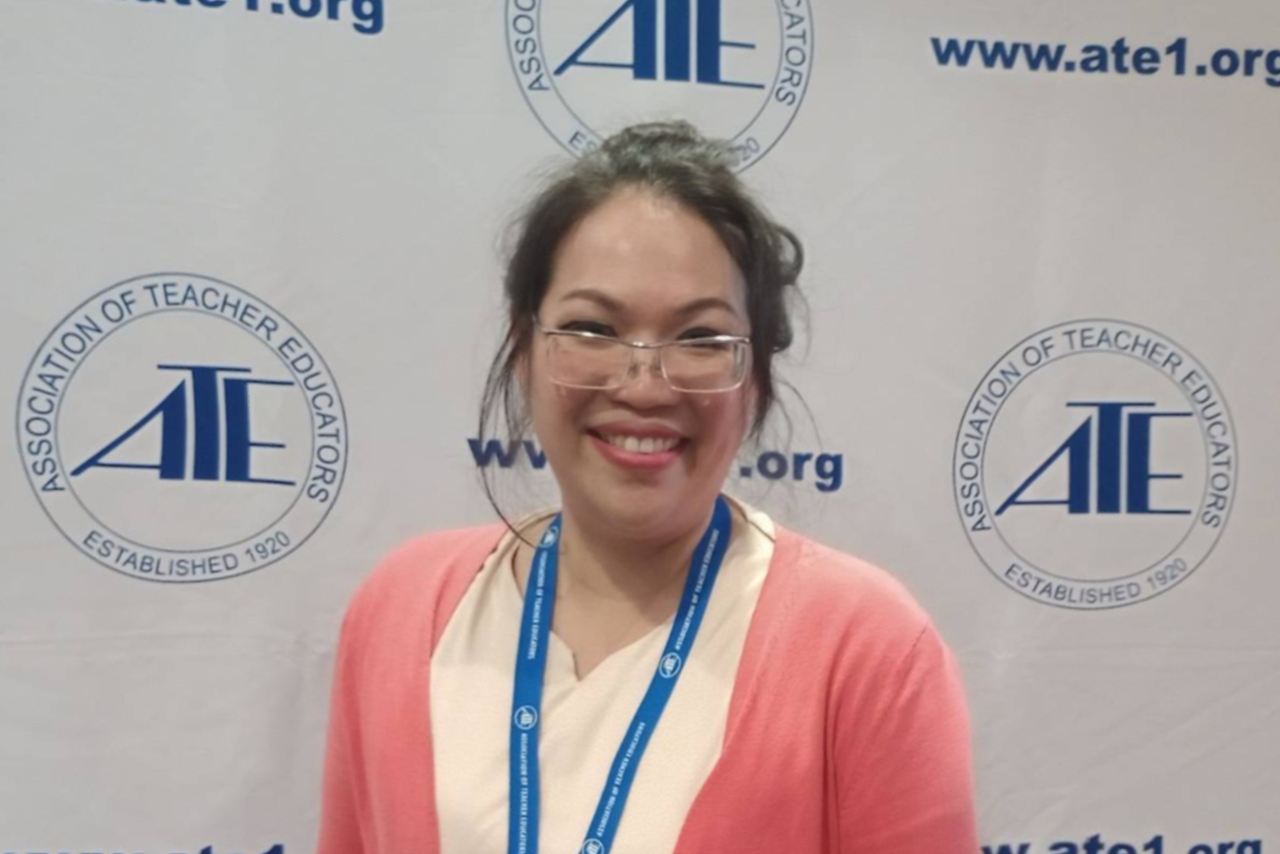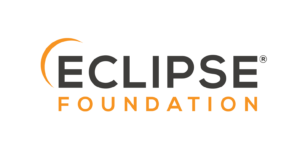Watsachol Narongsaksakul Discusses Responsible and Democratic AI Applications at National Teacher Education Conference

AI Literacy in Teacher Education
Watsachol Narongsaksakul, currently a third-year doctoral student in the School of Teaching and Learning, recently presented at the 2025 Association of Teacher Educators (ATE) conference in New Orleans. Her session focused on the theme "Transforming Teacher Preparation Programs with AI Literacy," advocating for responsible and democratic applications of artificial intelligence (AI) among teacher candidates.
Role of the Association of Teacher Educators
The ATE is committed to enhancing teacher education programs, with a spotlight on advocacy during its 2025 annual meeting. The organization aims to address the evolving needs of educators and the increasing complexities in educational environments driven by technological advancements.
Key Themes from the Presentation
During her presentation, Narongsaksakul highlighted the importance of AI policy and its implications for teacher education. She outlined three core approaches to integrating AI literacy using the AI-Technological, Pedagogical, and Content Knowledge (AI-TPACK) framework, as well as Bloom’s taxonomy. She also discussed the need for interdisciplinary curriculum modifications that align with current job skill demands.
AI-TPACK Framework
- Technological Knowledge: Understanding the types of AI tools available and how they function.
- Pedagogical Knowledge: Developing teaching methods that incorporate AI tools effectively.
- Content Knowledge: Knowing how to align AI tools with subject matter to enhance learning experiences.
Ethical Considerations in AI Usage
Narongsaksakul’s research focuses on the ethical implications of AI in educational contexts, emphasizing its potential to close the digital divide. She asserts that the integration of AI into teaching and learning practices can lead to more effective curriculum alignment, augment human intelligence, and offer opportunities for self-paced learning. This is particularly significant for multilingual learners who may face challenges in traditional educational settings.
"The revolutionary use of AI-enhanced teaching and learning will assist teachers in creating curriculum alignment, fostering innovative pedagogical practices, and enhancing student interactions," Narongsaksakul explained.
Goals for Teacher Preparation Programs
Throughout her session, Narongsaksakul encouraged participants to rethink how they prepare future educators for the challenges of a technology-driven world. She emphasized the necessity of integrating AI into teacher education curricula. According to her:
"AI integration in teacher education programs is urgently required to effectively build competency in learning with and about AI as an adaptive and personalized tool."
She wants teacher candidates to develop confidence in guiding their future students on the principles of fairness, transparency, and trustworthiness in AI usage. This is essential to ensure that technology is employed in a manner that is ethical and in the best interests of students.
A New Vision for Literacy in Education
Ultimately, Narongsaksakul’s ambition is to set a milestone for the integration of AI in education. She aims to instill a radical new understanding of literacy that goes beyond traditional definitions, encompassing the skills necessary to navigate an increasingly digital and automated world. With AI’s transformative potential, she envisions a future where teacher candidates are equipped not only to teach but also to lead discussions on digital ethics and responsible AI usage in educational settings.
By fostering a comprehensive understanding of AI’s role in education, Narongsaksakul hopes to inspire other educators to embrace these emerging technologies and enhance their teacher preparation programs effectively.






